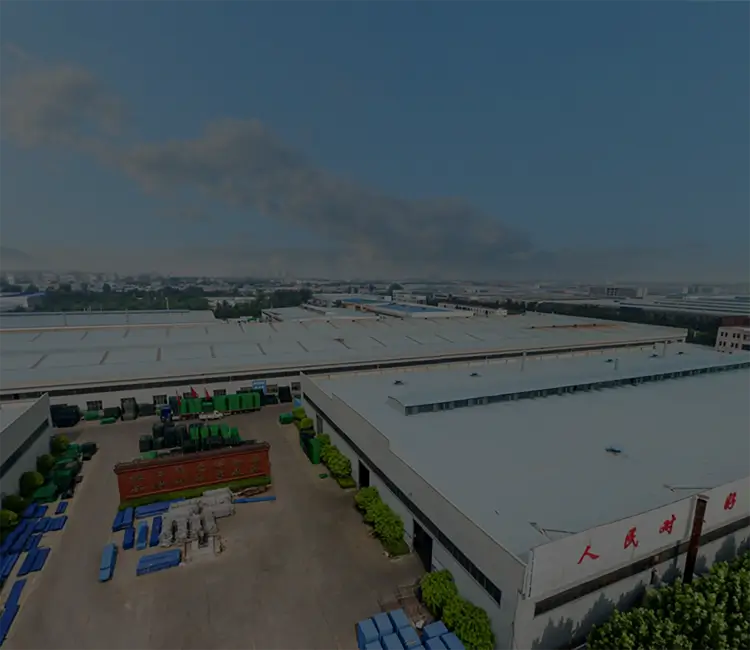The Impact of Freeway Noise Barriers on Urban Living
In today's fast-paced urban environments, the relentless roar of traffic poses significant challenges to the quality of life for residents living near major freeways. As the number of vehicles on the road continues to rise, so does the need for effective noise mitigation solutions. One of the most prominent strategies adopted by city planners and transportation authorities is the installation of noise barriers along busy roadways. These barriers not only serve to diminish the auditory impact of freeway traffic but also contribute to the overall aesthetic and environmental quality of urban spaces.
Noise barriers, typically constructed from materials such as concrete, wood, or engineered plastic, are designed to block and absorb sound waves generated by passing vehicles. Their effectiveness varies based on factors such as height, positioning, and the materials used. Research has shown that well-designed noise barriers can reduce noise levels by up to 10 to 20 decibels, significantly improving living conditions for nearby residents. This reduction in noise pollution can lead to a decrease in stress levels, improved sleep quality, and a general enhancement of mental well-being.
Beyond their acoustic benefits, freeway noise barriers can also play a crucial role in enhancing the visual landscape of a city. By incorporating green elements such as vegetation and living walls, these barriers can create a natural aesthetic that softens the harshness of concrete structures. Green barriers not only improve the visual appeal but also provide additional benefits, such as improved air quality, reduced urban heat, and enhanced wildlife habitats. Communities are increasingly recognizing the dual function of these barriers as both noise shields and green spaces, leading to innovative designs that blend seamlessly into the urban environment.
freeway noise barrier

Moreover, noise barriers can act as safety features. They can reduce the likelihood of accidents by preventing vehicles from veering off the road and protecting pedestrians and cyclists in adjacent areas. By creating a physical separation between fast-moving traffic and residential neighborhoods, these barriers enhance safety while providing a buffer against the chaos of urban life.
However, the installation of noise barriers is not without its challenges. Issues such as funding, land acquisition, and public perception can complicate the planning process. Communities often express concerns regarding the aesthetics of barriers, potential negative impacts on property values, and the effectiveness of proposed solutions. To address these concerns, urban planners and engineers are increasingly involving local communities in the decision-making process, ensuring that noise barrier projects reflect the needs and preferences of those most affected.
In conclusion, freeway noise barriers represent a vital solution to the growing problem of traffic noise in urban areas. Their ability to mitigate sound, enhance aesthetics, and improve safety makes them an essential component of modern urban planning. As cities continue to evolve and expand, prioritizing the interests of residents while addressing noise pollution will ensure a better quality of life for all. Through innovation and community involvement, freeway noise barriers can be more than just structures designed to block sound; they can become integral elements of sustainable and livable urban environments.
-
The Strength and Versatility of Aluminum Expanded Metal Mesh
NewsJun.10,2025
-
Safety Guards and Machine Enclosures Using Expanded Mesh
NewsJun.10,2025
-
Performance with Round Hole Perforated Mesh in Wall Panels
NewsJun.10,2025
-
How Steel Grating Trench Covers Distribute Weight Efficiently
NewsJun.10,2025
-
How Deck Mesh Railing Enhances Backyard Aesthetics
NewsJun.10,2025
-
Comparing Bar Thickness and Spacing in Steel Grating
NewsJun.10,2025
Subscribe now!
Stay up to date with the latest on Fry Steeland industry news.

